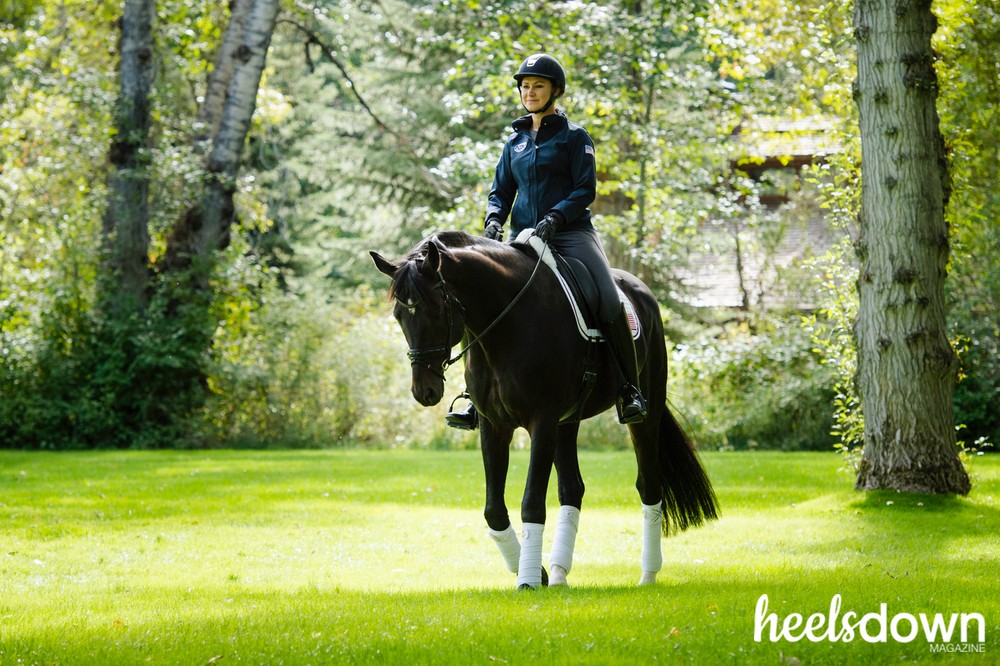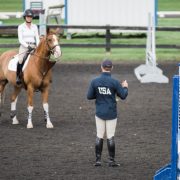How to Find a Top Dressage Prospect (and Not Ruin It) With Adrienne Lyle

For riders with Grand Prix ambitions, buying a horse that is already competing at that level is not always possible, so they have to produce their own. But what should you look for in a young horse to identify the potential to reach the top level? U.S. Olympian Adrienne Lyle explains.
They’ve got to have not only fantastic movement, they’ve got to have very good brain and work ethic. Having those two are very important, the brain and the work ethic can overcome a lot of maybe what appear to be physical limitations at first if they’re really sensitive and hot and energetic and want to work for you.
There are a lot of qualities to look for in a horse that is going to become a really successful dressage horse at the top level. One thing that is important to understand is that it varies from rider to rider. Every rider is going to have their type of horse and something that is really important to them. You can see that when you look at certain top riders. All their horses start to look similar and that’s because there are certain qualities they value.
At what age do you start to identify these traits?
Once the horses are saddle broke for a while – we’ve always bought our horses young – you can tell already they might not know anything but the way they react to humans, the way they react to pressure. Do they try to figure it out or do they get mad? When they’re that age, young age, they should be a little extra hot, for me at least. Because the longer they do this, the more strenuous it is. They tone down rather than get hotter, so they need to have a little fire in their belly when they are a young horse to even have a chance to make it as a Grand Prix horse.
A common mistake / pet peeve
If there was one either mistake or one thing that is different from our program, is this urge to get a horse to Grand Prix at such a young age. There are for sure some horses that can do it at a young age but I don’t think they need to be out there doing it, competing Grand Prix at eight [years old] just because they can do it. These horses are bred with a lot more talent, with a lot more movement, than they were decades ago but they still need time to develop the strength to match that movement physically and also mentally to learn to take that pressure.
Just because they have flashy movement and can complete a movement doesn’t mean they are mentally understanding why you are doing it. And you can cook them if you’re not careful.
What might be an indicator that you’re pushing the horse too hard?
Of course a horse will go through a little bit of stress learning a job but at the end of the day, it should be getting less stressful and easier for them. By the time you have a Grand Prix horse you hope you can warm it up for 15-20 minutes and go in and do the test. You shouldn’t have to be beating it into the ground to get it done, otherwise there is some misunderstanding along the way in your training program.


